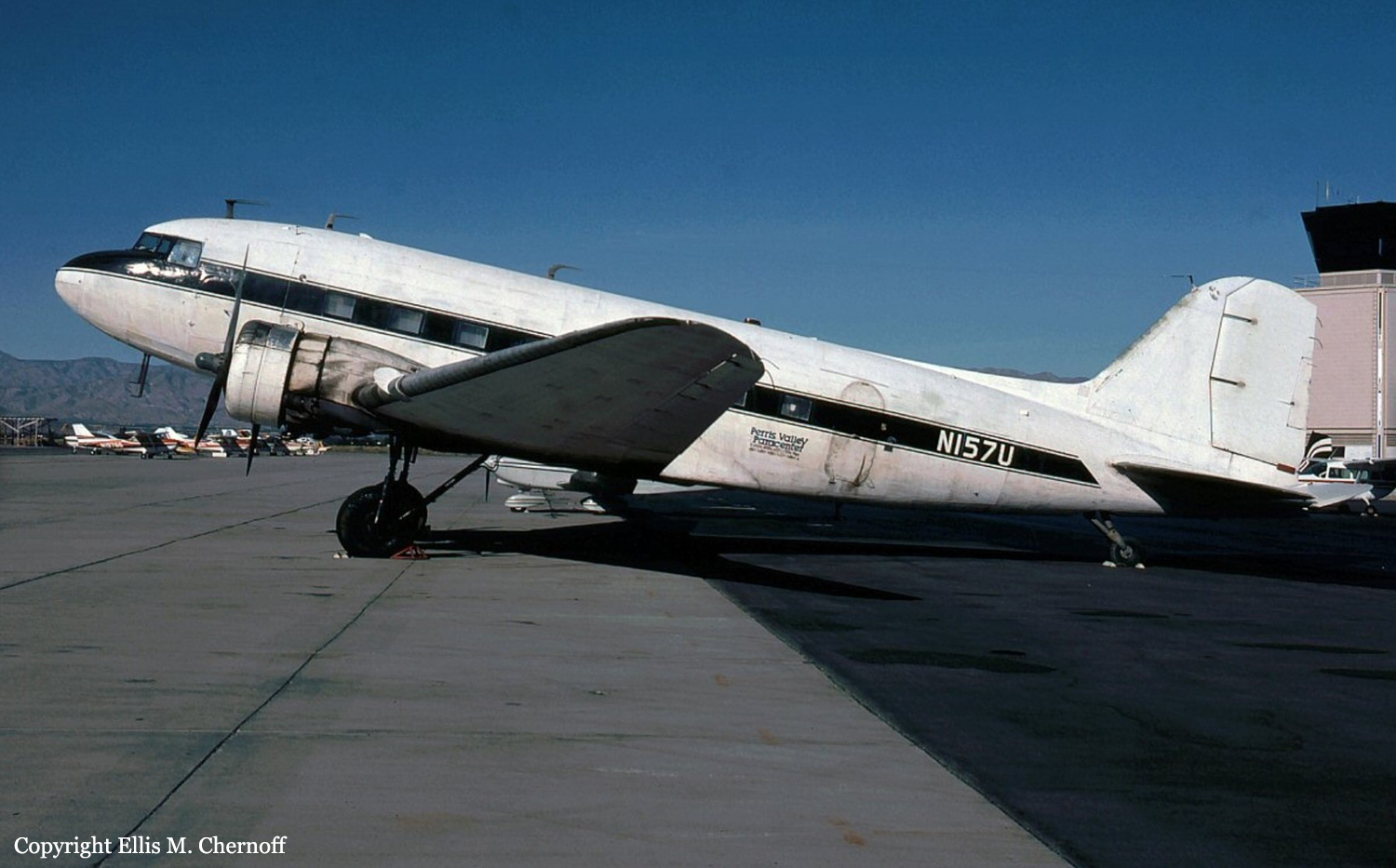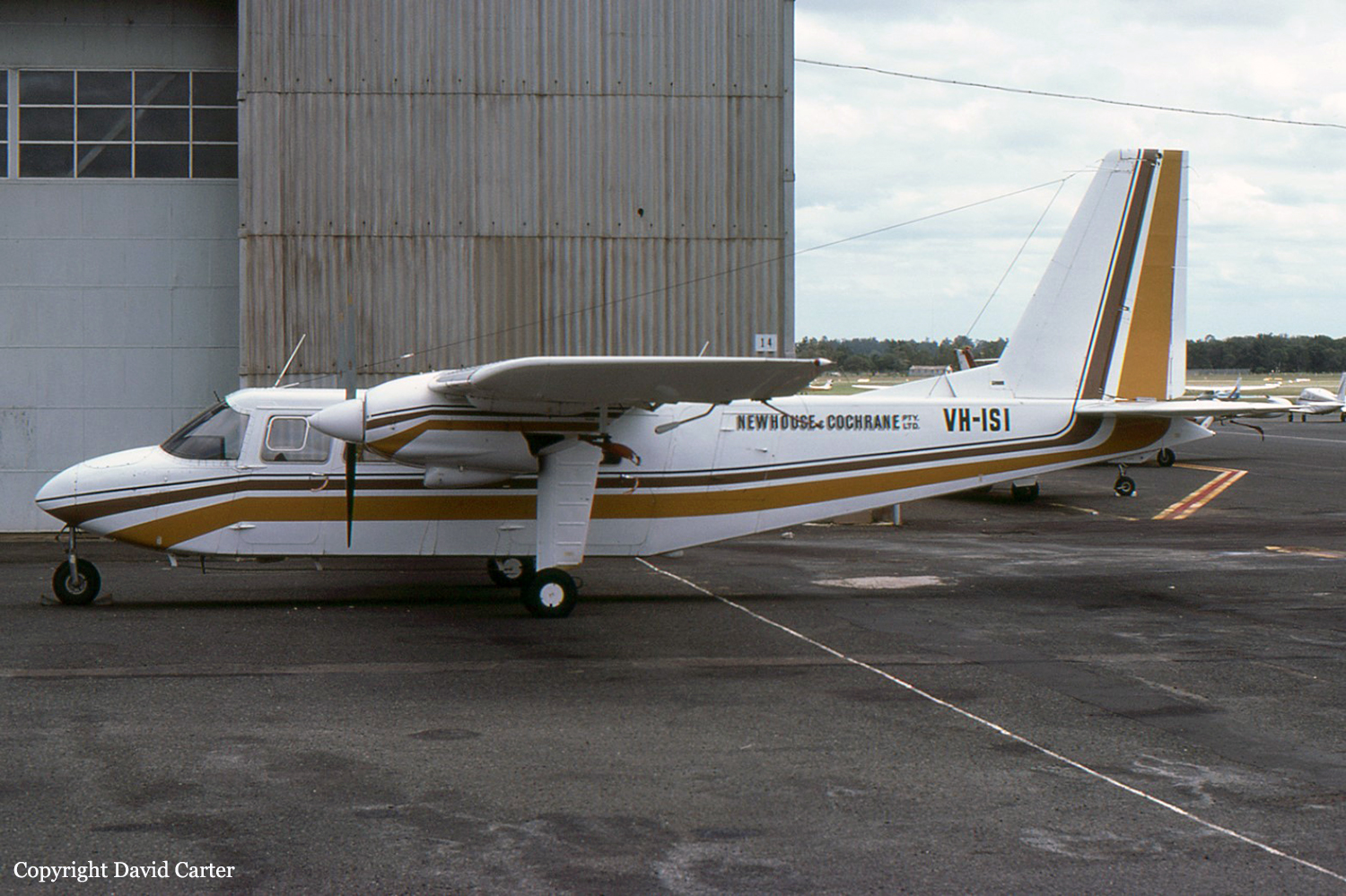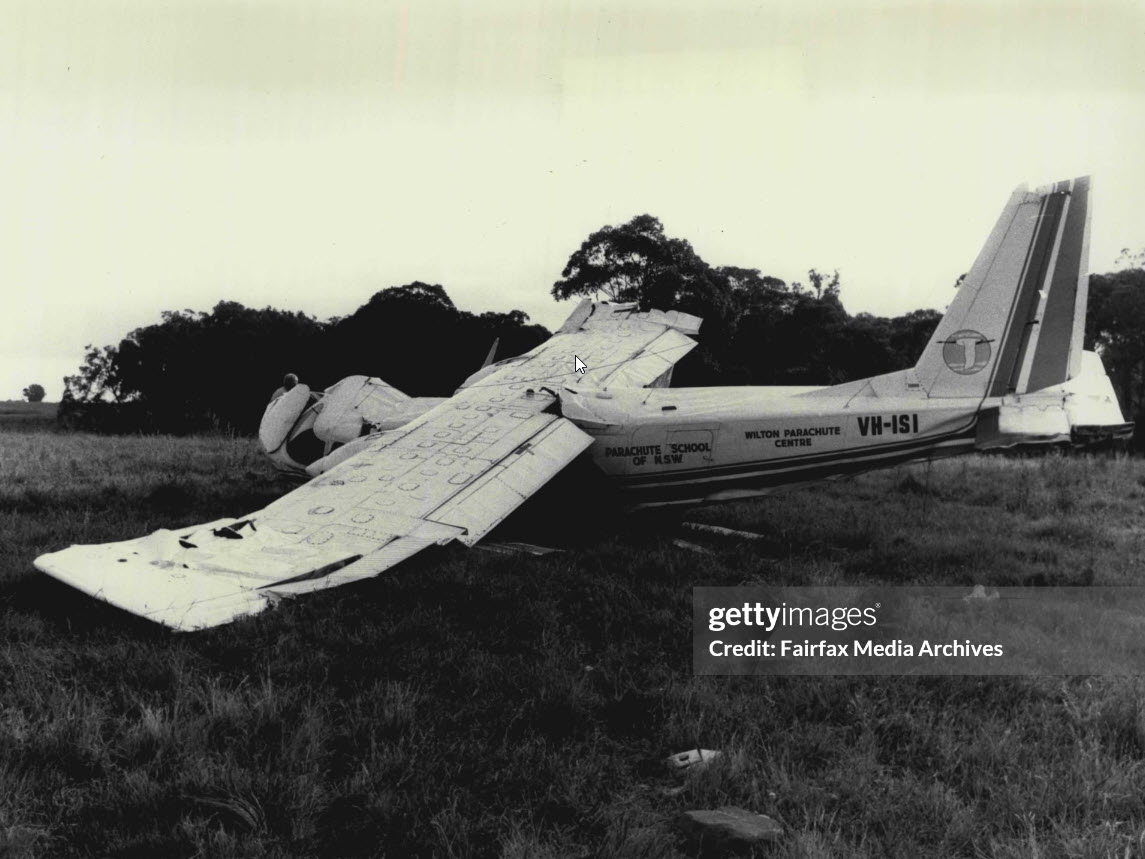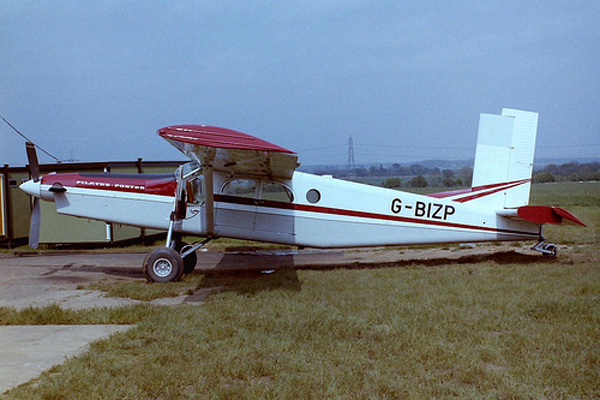Crash of a Pilatus PC-6/B2-H2 Turbo Porter in Casale Monferrato
Date & Time:
Apr 18, 1987
Registration:
HB-FIS
Survivors:
Yes
Schedule:
Casale Monferrato - Casale Monferrato
MSN:
685
YOM:
1969
Crew on board:
1
Crew fatalities:
Pax on board:
0
Pax fatalities:
Other fatalities:
Total fatalities:
0
Aircraft flight hours:
1938
Circumstances:
The single engine aircraft departed Casale Monferrato Airfield on a local skydiving flight. While in cruising altitude, all skydivers bailed out when the pilot lost control of the airplane that crashed on a residential area in Casale Monferrato. The pilot, sole on board, was injured.












